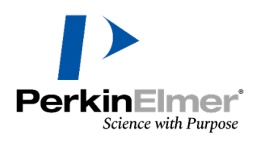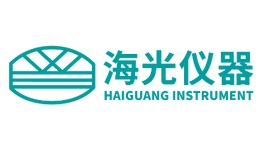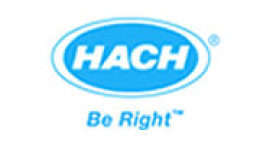方案详情文
智能文字提取功能测试中
Cyanide inSurface Fresh Water Calibration and Analysis 1. Allow all the standards and the samples to attain the same temperature for precise measurement sincethe measurement is temperature sensitive. 2P.lace the electrode in the beaker with prepared solution as described in item 3 of Calibration StandardPreparation. The electrode tip must be fully immersed in the solution. Press the CALIBRATE key. 3.Wait for a stable reading (1-2 minutes). Add 0.1 mL of 10 ppm standard. 4.Wait for a stable reading (1-2 minutes). Enter standard value of"0.01” using UP and DOWN arrowkeys and the DECIMAL/DIGIT key. 5. Press the CALIBRATE key to accept the 0.01 ppm. 6.Add 0.4 mL of 10 ppm standard. 7.Wait for a stable reading (1-2 minutes). Enter standard value of“0.05”using UP and DOWN arrowkeys and the DECIMAL/DIGIT key. 8.P1ress the CALIBRATE key to accept the 0.05 ppm. 9. Add 0.8 mL of 10 ppm standard. 8.P1ress the CALIBRATE key to accept the 0.05 ppm.9. Add 0.8 mL of 10 ppm standard. 10. Wait for a stable reading (1-2 minutes). Enter standard value of"0.13”using UP and DOWN arrowkeys and the DECIMAL/DIGIT key. 11. Press the CALIBRATE key to accept the 0.13 ppm. 12. Add 2.0 mL of 10ppm standard. 13. Wait for a stable reading (1-2 minutes). Enter standard value of“0.32”using UP and DOWN arrowkeys and the DECIMAL/DIGIT key. 14. Press the MEASURE key to accept the 0.32 ppm standard and to move to the measure mode of themeter. 15. Rinse electrode with deionized water. Gently remove excess solution from the outer sleeve of theelectrode by dabbing with a clean paper tissue. Do not wipe or rub the sensing element of theelectrode. 16. Place the probe in a prepared sample with the electrode tip fully immersed in the solution. Press theMEASURE key on the meter. The ISE: mg/L icon will flash as the measurement is being made. TheISE: mg/L Icon will become solid and the display value will freeze when a stable reading is achieved.This value is logged and printed automatically. 17. Repeat steps 15 and 16 for additional samples. Remember to rinse the electrodes with deionized waterbetween measurements. Penetrate each sample to the same depth to reproduce sample measurement.Upon completion of samples, rinse the electrode with deionized water and store the electrodeaccording to instructions in the Electrode Storage section of this method note. Cyanide inSurface Fresh Water Introduction Cyanide can be present in various forms in water. This method focuses on the determination of freecyanide ion in surface fresh water using ion selective cyanide electrode. The direct measurement of ionsusing ion selective electrodes is a well-established technique frequently used as a standard method ofanalysis. This procedure eliminates interferences associated with presence of color and solids. Recommended Equipment Cat.No. Cyanide Application Package (includes all items with a catalog no.) 1010124 1. 4-Star portable pH/ISE meter 1215000 2. ionplus" Sure-Flow Cyanide Electrode 9606BNWP 3. Soft field case 1210004 4. Beaker (150 mL) 5. Graduated cylinder (100 mL) 6.Pipettes (1 mL) 7.Volumetric flasks (1 L and 100 mL) 8. Latex gloves Required Solutions Cat. No. 1. Alkaline Reagent (ISA) 951011 2. Reference Filling Solution,Optimum Results"" B 900062 3. Potassium Cyanide, reagent grade 4. Deionized water Calibration Standard Preparation Read the MSDS sheet associated with each chemical and follow all laboratory safety procedures for thepreparation, use and proper disposal of all chemicals. 1. To prepare a 1000 ppm cyanide stock standard: put 2.50 g dry, reagent grade KCN in 1 Lvolumetricflask. Add 10 mL Alkaline Reagent and 500 mL deionized water to dissolve the solid. Add deionizedwater to bring the volume to one liter. Store stock standard in plastic bottle and prepare fresh weekly. 2. To prepare a 10 ppm cyanide standard: pipette 1.0 mL of the 1000 ppm cyanide standard into a 100mL volumetric flask. Dilute to the mark with deionized water. Swirl to mix. 3. Measure 100 mL deionized water into 150 mL beaker. 4. During calibration, add increments of 10 ppm standard to the beaker using steps outlined in the Table bellow: Steps Added volume of 10 mg/L std Concentration mg/L 1. 0.1mL 0.01 2. 0.4mL 0.05 3. 0.8 mL 0.13 4. 2.0 mL 0.32 Cyanide inSurface Fresh Water Sample Preparation 1. Using a graduated cylinder, measure 100 mL of the sample into a beaker. Add 1 mL ISA. 2. Repeat for additional measurements. Results Five aliquots of surface fresh water were collected from a faucet and measured for cyanide. The datademonstrated that cyanide concentration less than 0.01ppm is expected for cyanide in surface water (the EPAhas set 0.2ppm as the maximum concentration of cyanide that can be present in surface water). Surface Water mg/L Cyanide Sample # 1: <0.01 Sample #2: <0.01 Sample #3: s0.01 Sample#4: <0.01 Sample # 5: < 0.01 Electrode Storage For brief storage periods (up to one week), store electrode in deionized water. For longer storage periods, drain the electrode, flush the inside with deionized water and store dry with the capon to protect the sensing element. When the electrode does not perform properly, disassemble and reassemblethe electrode, taking care not to over tighten the cap. If the electrode still does not perform properly, replacethe sensing module and repeat the slope check. If the slope check still fails, replace the electrode handle. Equipment Setup Electrode Setup 1. Remove the rubber cap covering the electrode tip. 2.Fill outer chamber with Optimum Results B filling solution. 3. Lift the filling solution bottle's spout to a vertical position. 4. Insert the spout into the filling hole in the outer sleeve of the electrode and add a small amount of fillingsolution to the chamber. Then tip the electrode to moisten the o-ring at the top and return electrode to avertical position. 5. Holding the electrode by the barrel with one hand, use your thumb to push down on the electrode cap,allowing a few drops of filling solution to drain wetting the inner cone. 6 Release the electrode cap allowing the electrode’s outer sleeve to return to its original position immediately.Check to see if the o-ring is moist and repeat steps 4-6 until the outer sleeve has returned to its originalposition. Add more filling solution until the amount of filling solution within the electrode body is levelwith the bottom edge of the electrode filling hole. For initial meter setup, follow the steps in the Quick Reference Guide, which is attached to the meter itself.The Quick-Start Guide included with each meter also contains a layout of the meter keypad for reference. Thewords in this method represented in all capital letters, such as POWER, indicate a key on the meter, and wordsin quotations such as “Unit"indicate information on the meter display. 1 Connect the electrode to the meter 2.Connect the stirrer to the meter. 3.Press the POWER key on the meter to turn the meter on. 4.Note that the arrow on the left of the screen indicates the active line. If the top line is not active, press theLINE SELECTION key to change the selected line to the top line. Press the SETUP key. Use the UP or DOWN arrow keys to select ISE. Press the LINE SELECTIONkey to select the bottom line. Press the UP or DOWN arrow keys to select“3”for “rES”which is anabbreviation for resolution or number of significant digits. Press the LINE SELECTION key toaccept value. 6.Press the LINE SELECTION key to select the middle line, and press the DOWN arrow key to select “nLIn"which is an abbreviation for non-linear blank correction. 7.Press the LINE SELECTION key to select the bottom line. Press UP or DOWN arrow keys to select“off” for“nL In". Press the LINE SELECTION key to accept value. 8.Press the LINE SELECTION key to select middle line, and press the DOWN arrow key to select “rAng"which is an abbreviation for measurement range. 9.Press the LINE SELECTION key to select the bottom line. Press the UP or DOWN arrow keys to select“HigH"for “rAng”. Press the LINE SELECTION key to accept value. 10. Press the LINE SELECTION key to select the middle line, and press the DOWN arrow key to select“Unit". 11. Press the LINE SELECTION key to select the bottom line. Press the UP or DOWN arrow keys to selectmg/L for “Unit". Press the LINE SELECTION key to accept value. 12. Press the MEASURE key to return to the measurement mode. If all steps were followed correctly themeter display will show three digits in the top line and“ISE: mg/L to the right of the top line. The meterand electrode are now ready for calibration. Note: The Orion Benchtop Stirrer must be turned on in General Instrument setup before analysis,please see the Quickstart guide for instructions. of of
关闭-
1/2
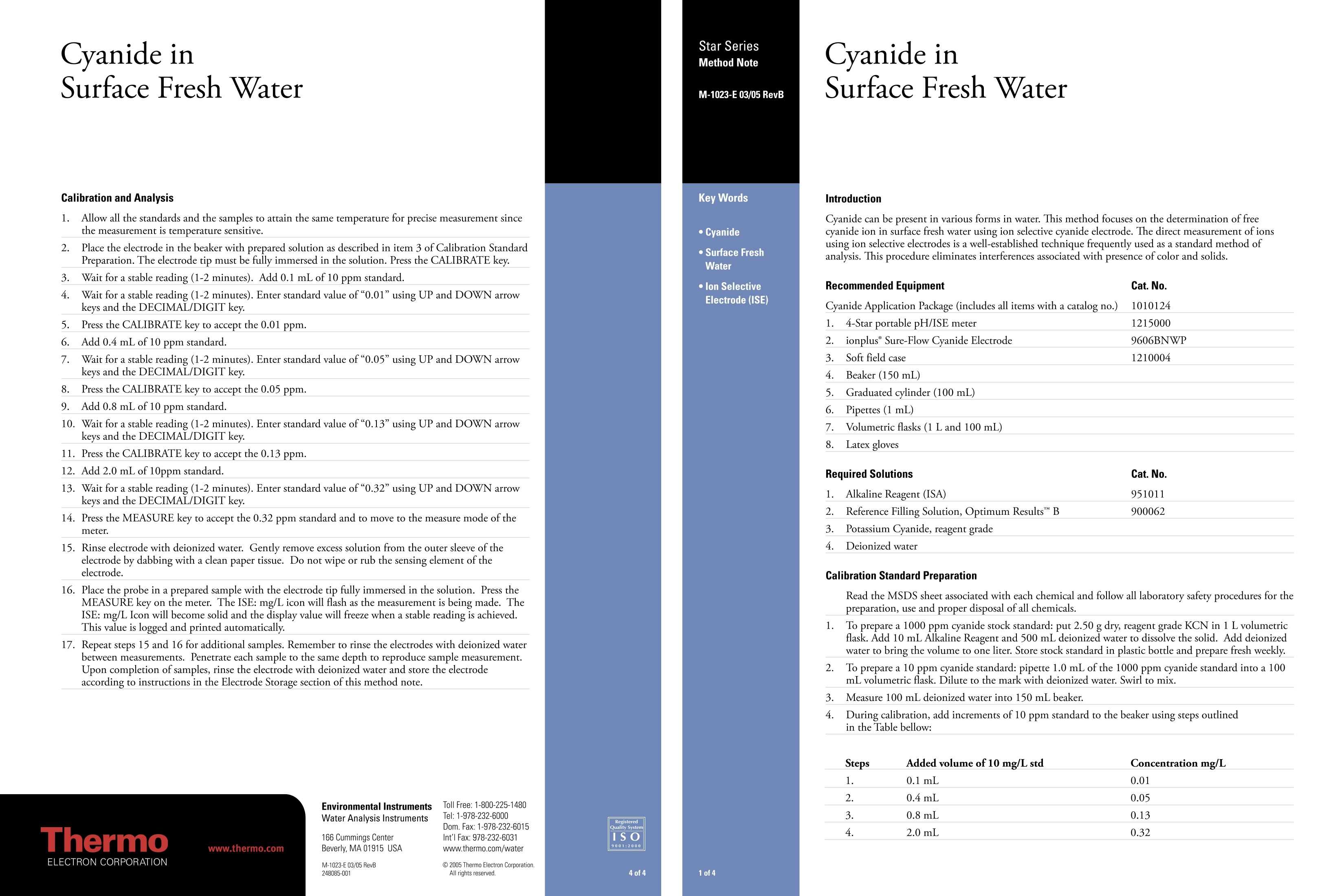
-
2/2
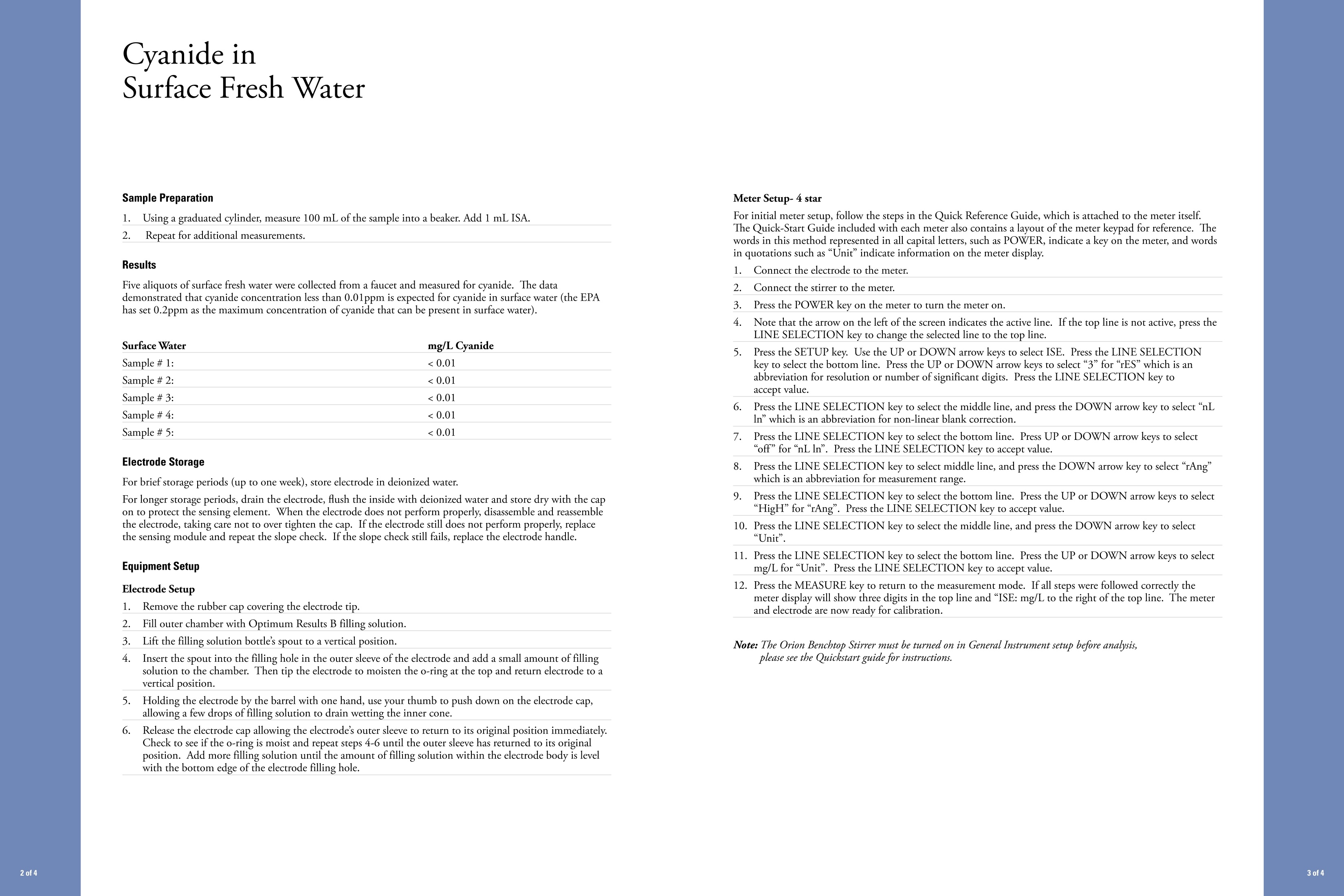
产品配置单
赛默飞世尔科技在线水质分析仪器为您提供《环境水中无机阴离子检测方案 》,该方案主要用于环境水(除海水)中无机阴离子检测,参考标准《暂无》,《环境水中无机阴离子检测方案 》用到的仪器有台式pH/ORP/ISE/溶解氧/电导率测量仪、Orion 4-Star台式(便携式)pH/离子浓度测量仪。
我要纠错
推荐专场
水质分析仪/多参数水质分析仪
更多相关方案


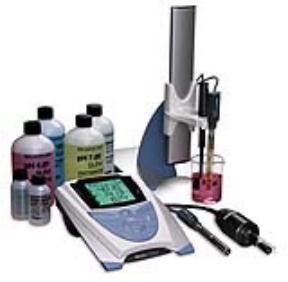
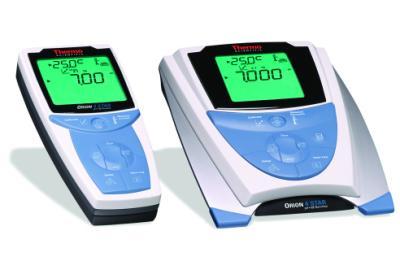
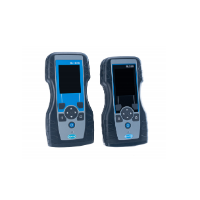
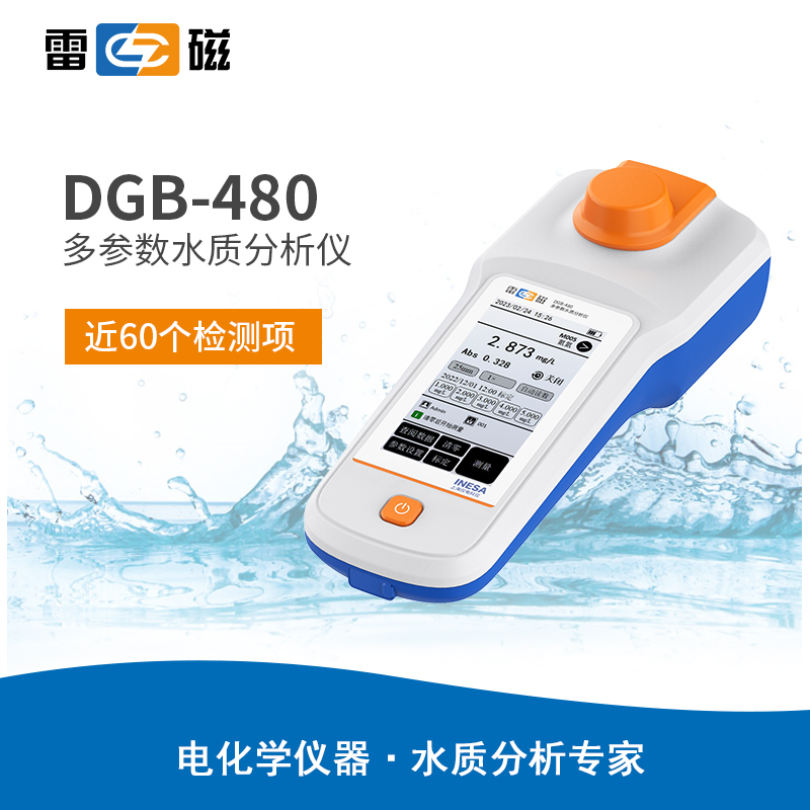
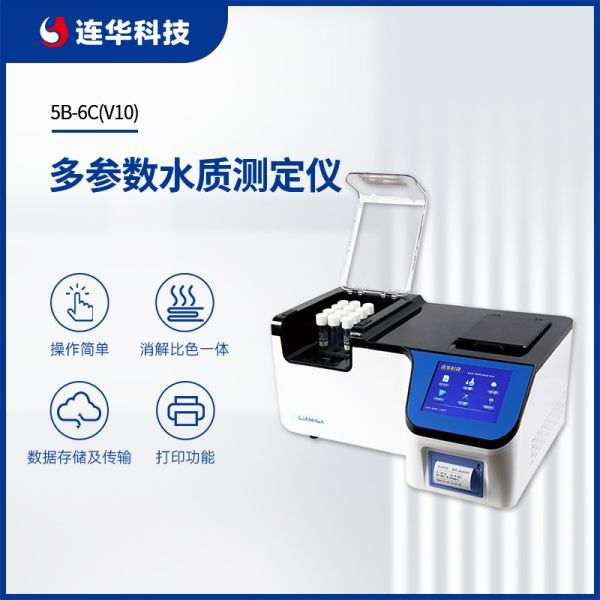
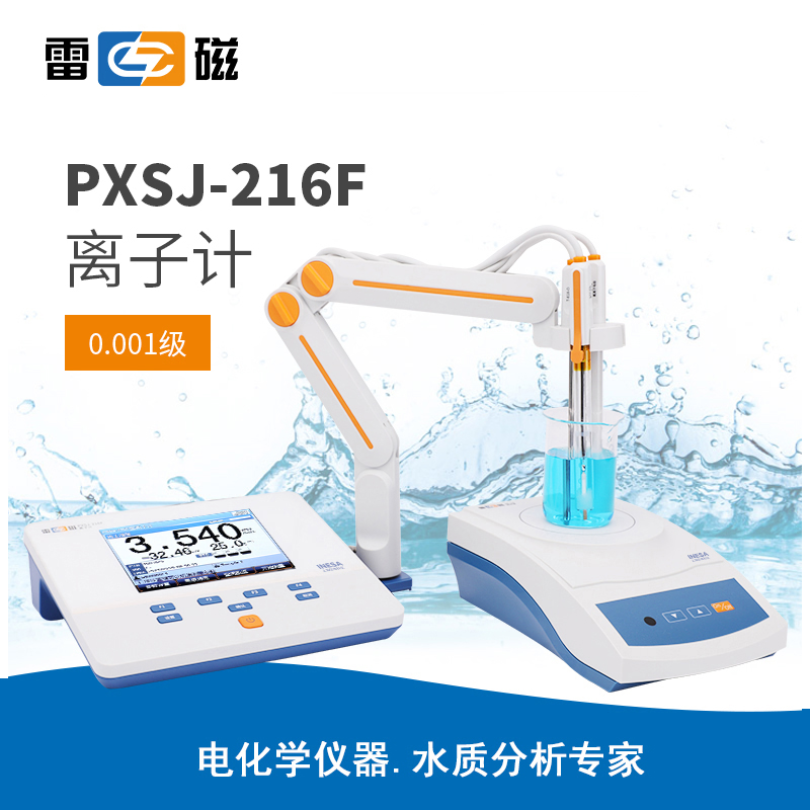
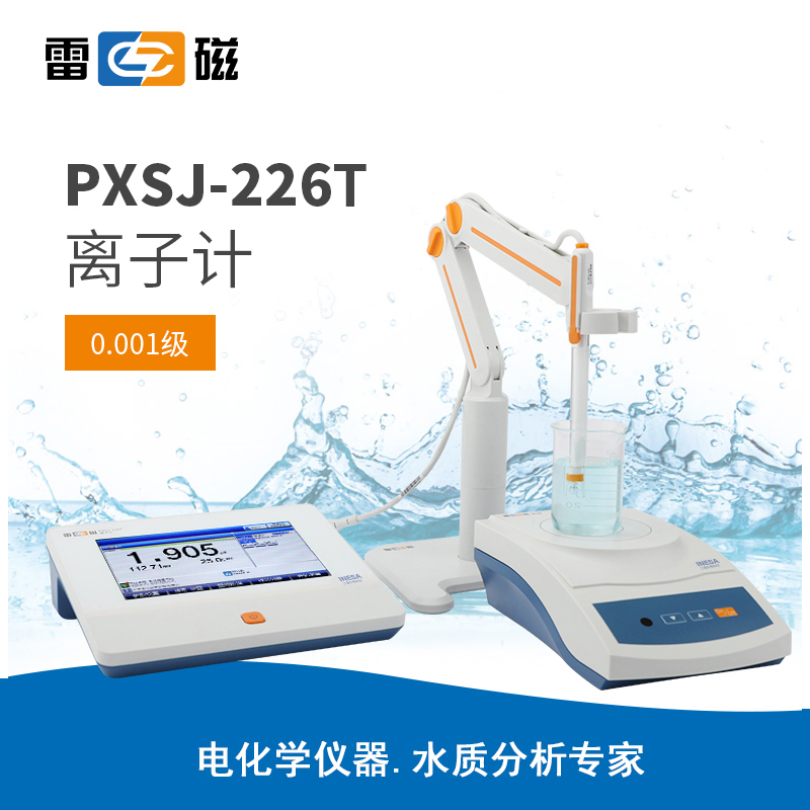
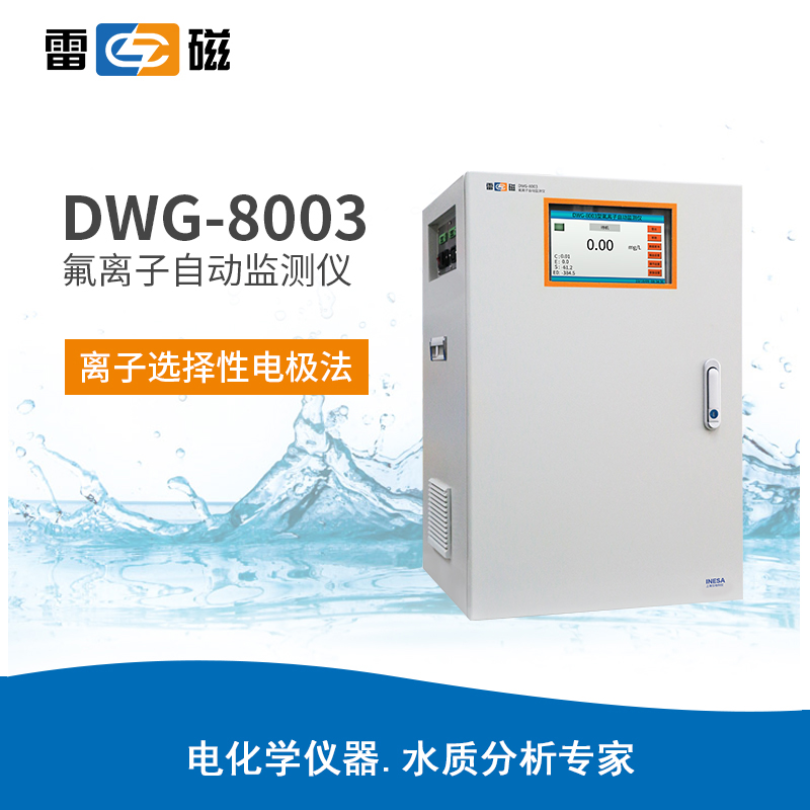
 咨询
咨询